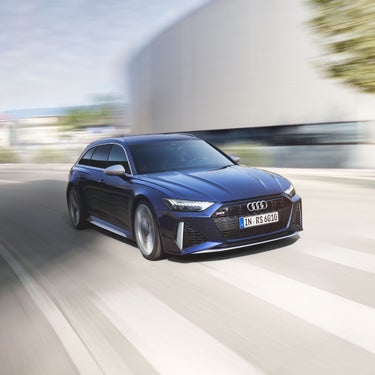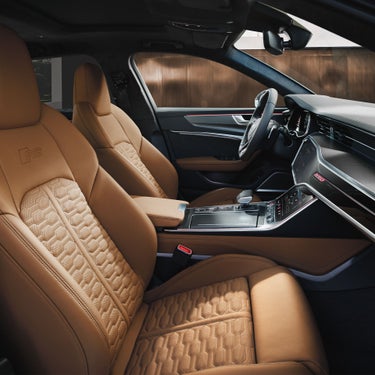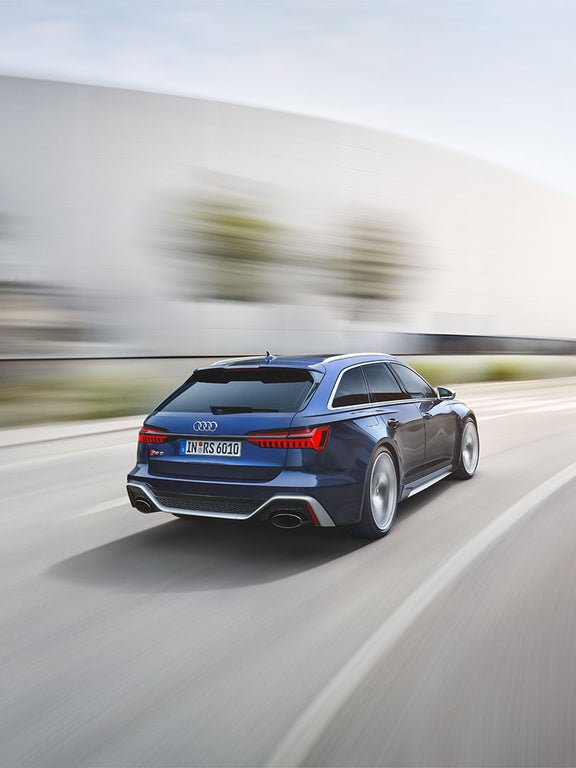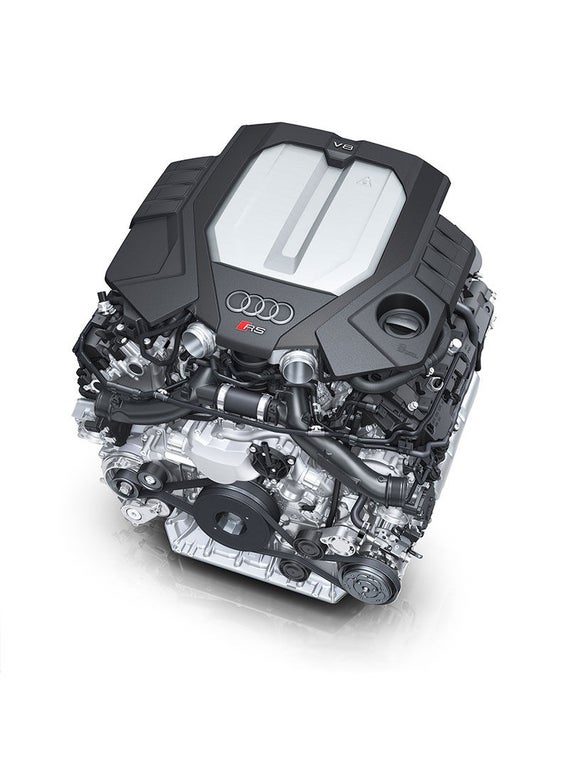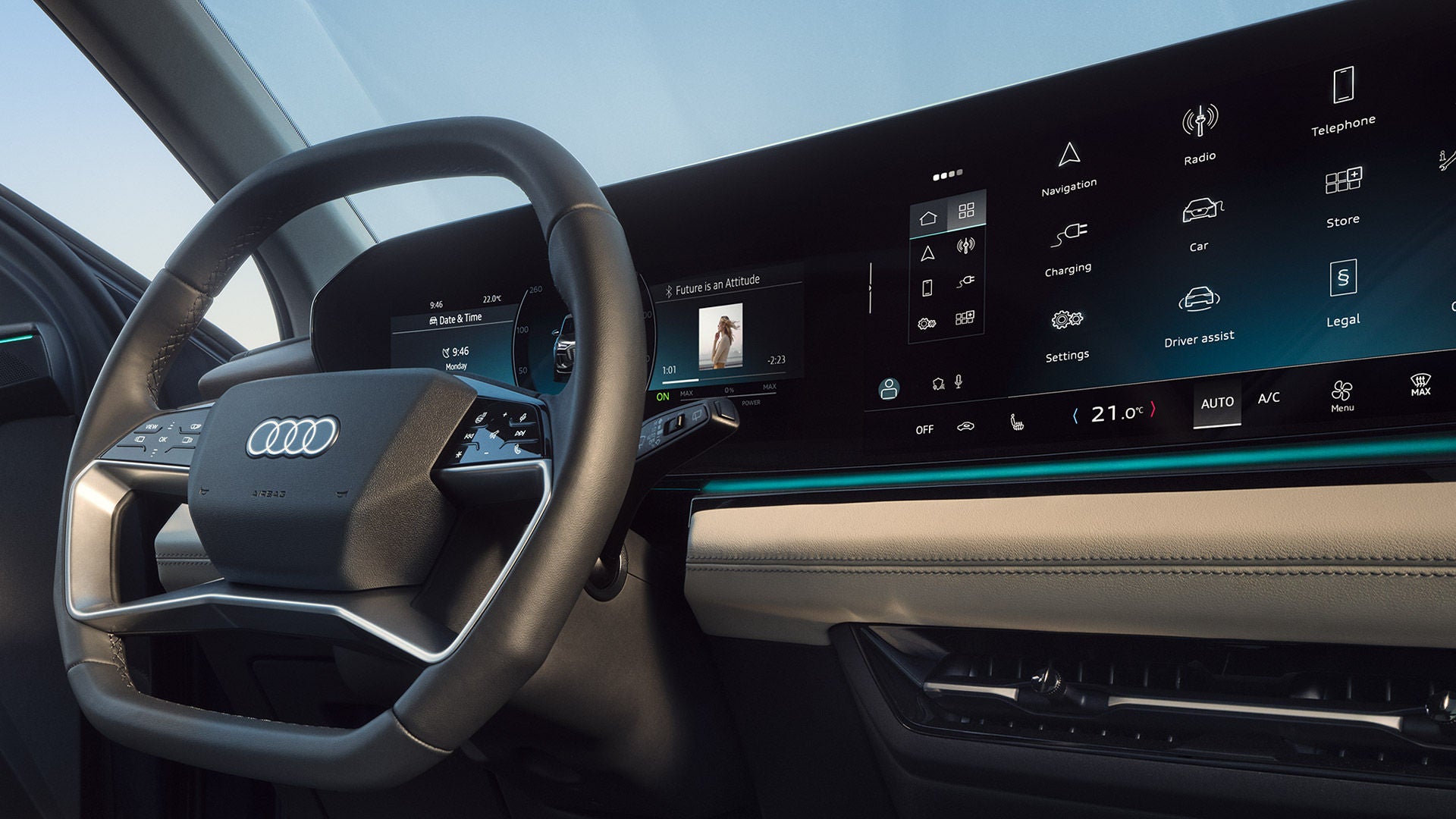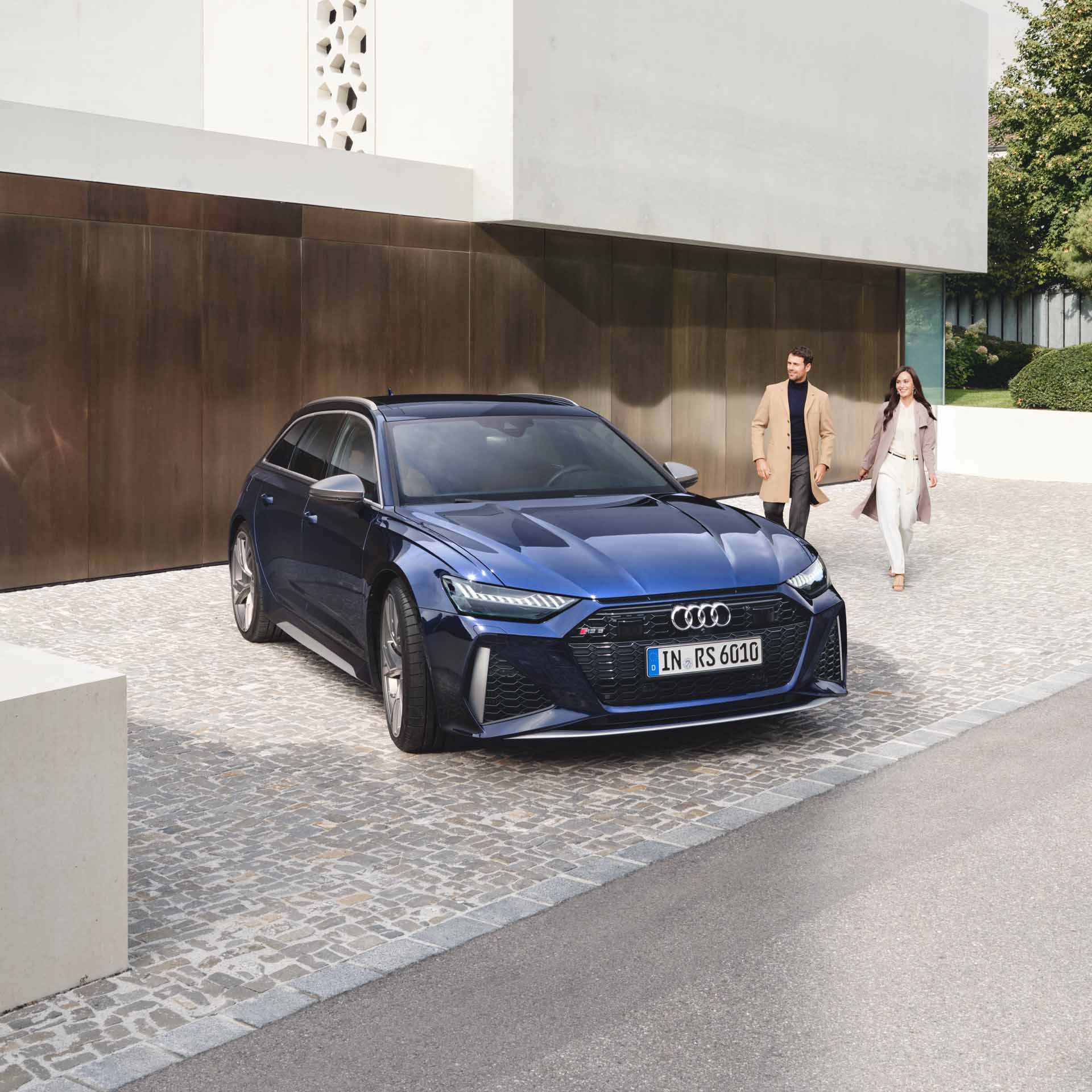RS 6 Avant
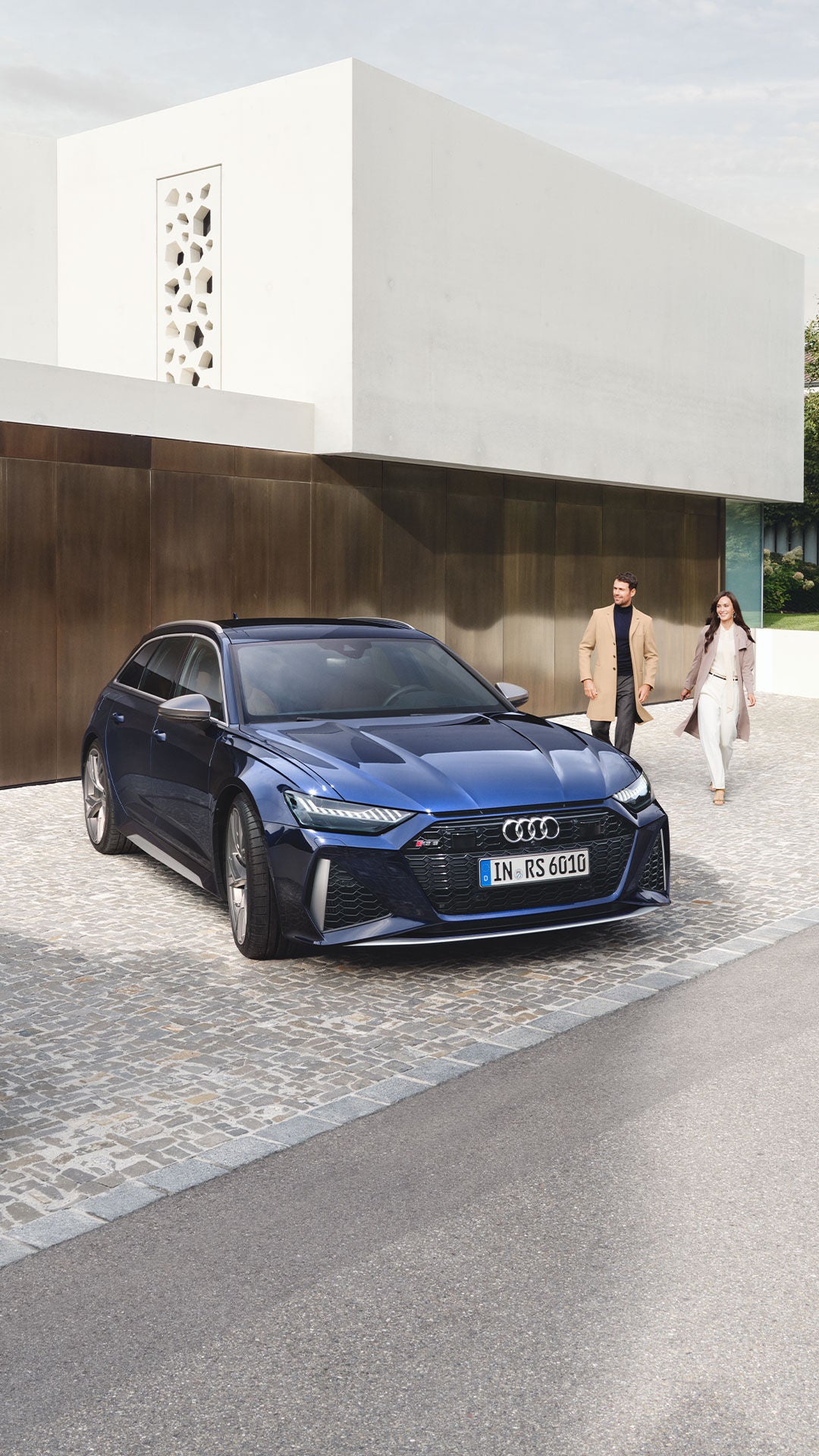
kW
s
Nm
Sporty all-rounder.
A high-performance sports car that promises uncompromising design coupled with good everyday usability. The standard sport air suspension RS adaptive air suspension is designed for both long-distance comfort and maximum performance.
Strong charisma: the exterior design.
With its numerous RS-specific elements, the Audi RS 6 Avant² is built to impress. The rear end makes a strong statement with the RS bumper, integrated RS diffuser insert and dynamic roof edge spoiler. The wider body with broad flared wheel arches front and rear, the Audi frameless Singleframe, the RS bumper and the large side air inlets give an unmistakeable flair to the impressive RS design.
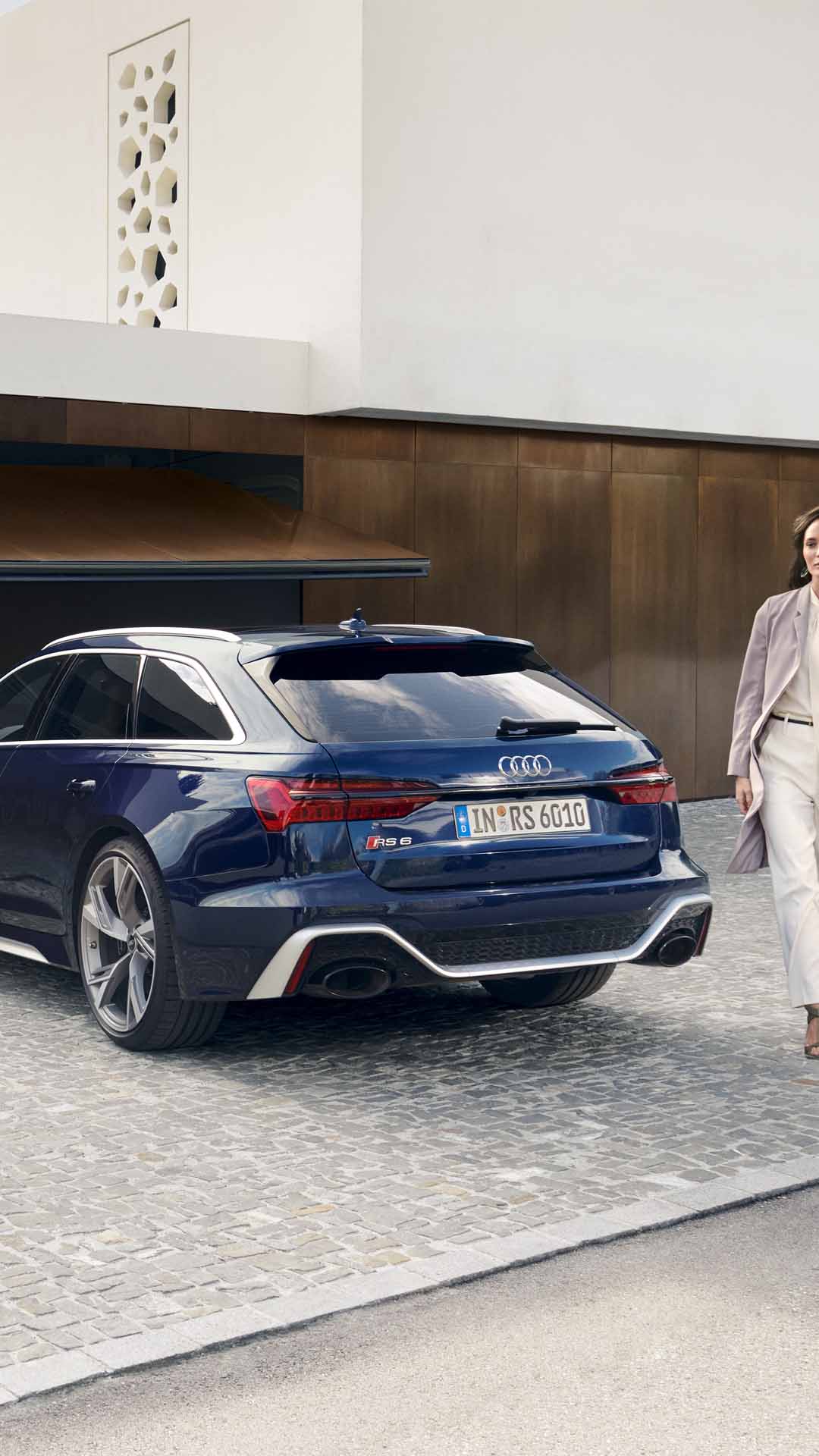
Futuristic character: the interior design.
The sport seats plus, front provide firm support and are available with high-quality rhombus pattern or perforated honeycomb pattern⁵ with seat ventilation⁵. The displays of the MMI touch response are fully integrated into the surface; standard inlays in aluminium Race, anthracite and the two RS design packages⁵ in red or grey add even more sportiness to the impressive design.
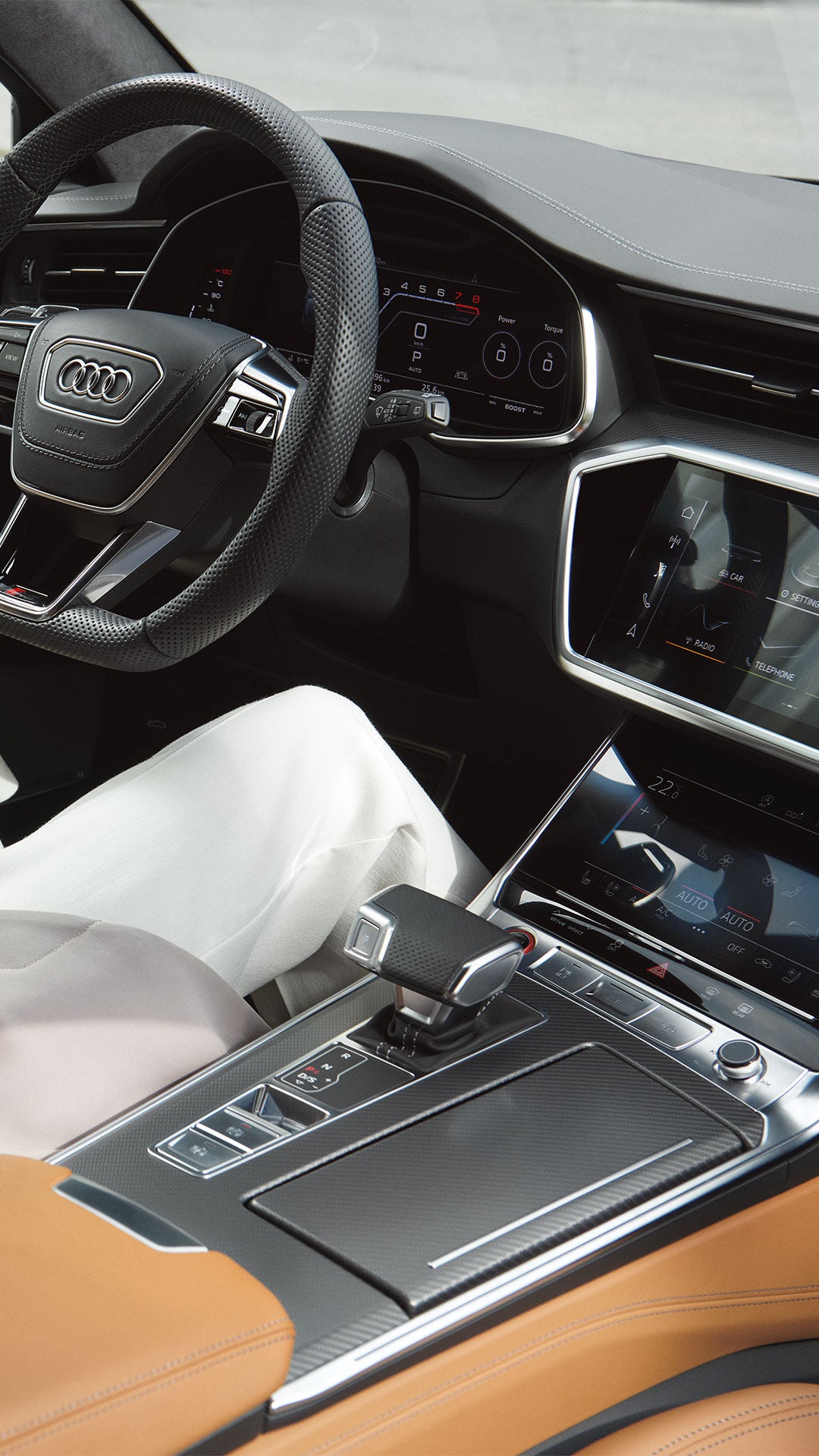
Audi digital services.
Look forward to a fully connected interior and discover the world of digitalisation in your vehicle. Experience a wide range of digital possibilities and fantastic infotainment with Audi connect, functions on demand and the Audi Application Store¹², among other features. Your myAudi account gives your direct access to all Audi digital services. It is your key to the Audi customer area – and to the myAudi app⁹, which you can use to manage and control many vehicle functions.
Audi Application Store¹².
Use a wide and permanently growing selection of popular apps such as Amazon Music¹³, Spotify or YouTube directly in your vehicle’s MMI – without the roundabout way via a smartphone. With Alexa¹³, Amazon’s voice service, you can, for example, listen to the news, call up the weather forecast or sports events, stream music and plenty more besides.
Learn more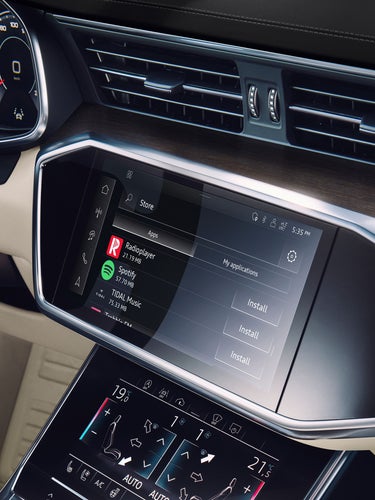
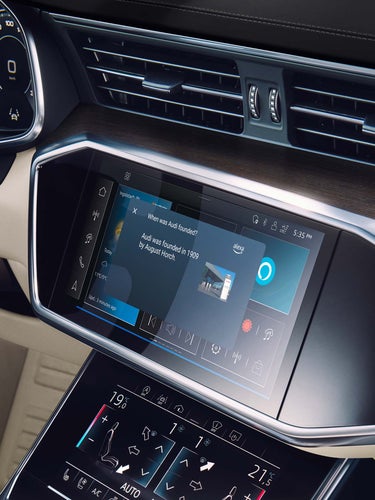
Note: The image is from the Audi A6 Saloon.
Space for freedom.
1,680 litres of luggage capacity with the rear seats folded down: that creates space for something quite extraordinary, even for every day. Control the luggage compartment release optionally with a foot gesture and load up your luggage.
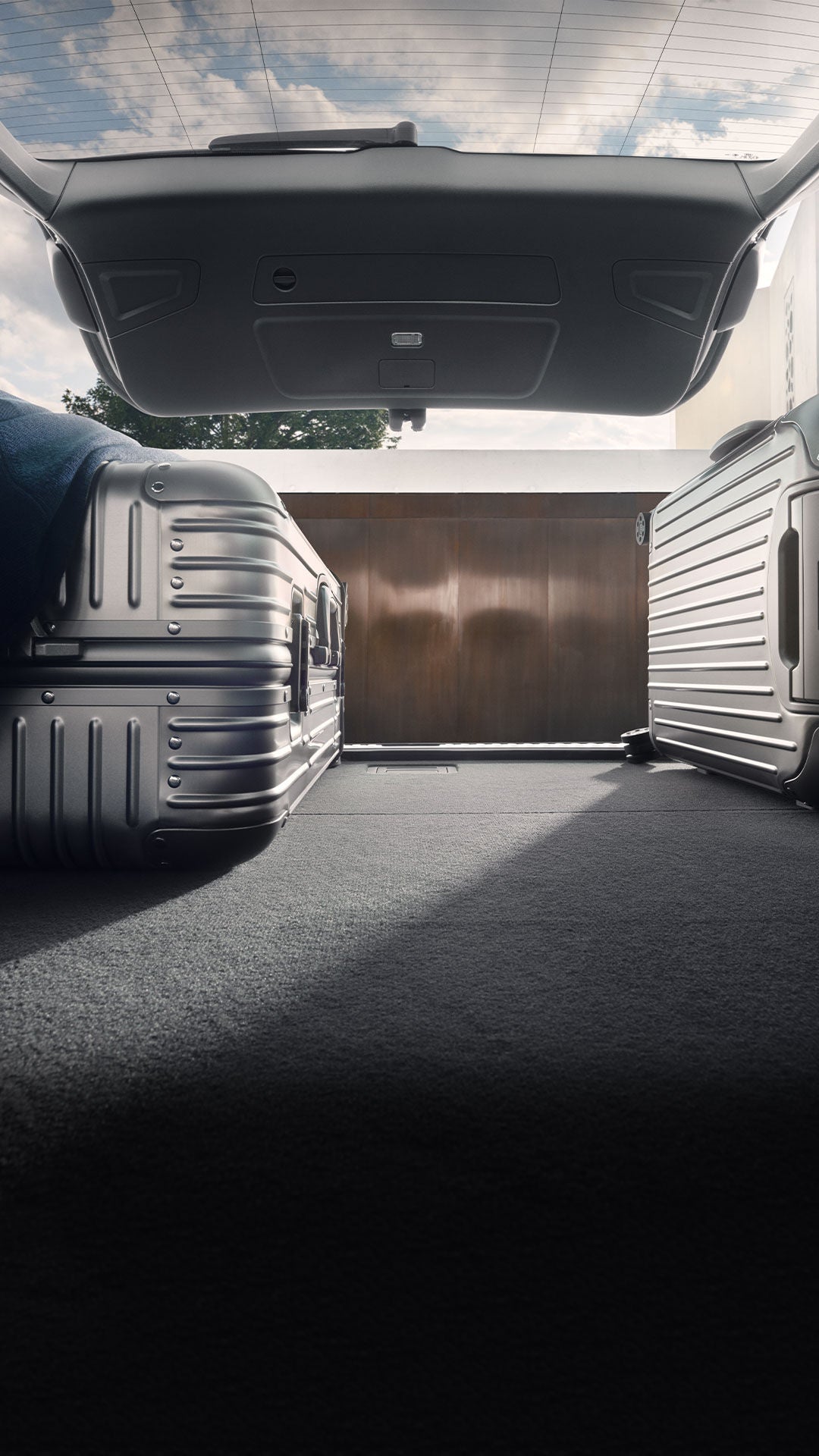
More unmistakeable. With Audi exclusive⁴.
Make your Audi RS 6 Avant² inspiringly unique – as unmistakeable as you are – with Audi exclusive⁴. For example, with Valcona leather upholstery and trim, Audi exclusive in diamond silver-black with contrasting stitching in diamond silver.
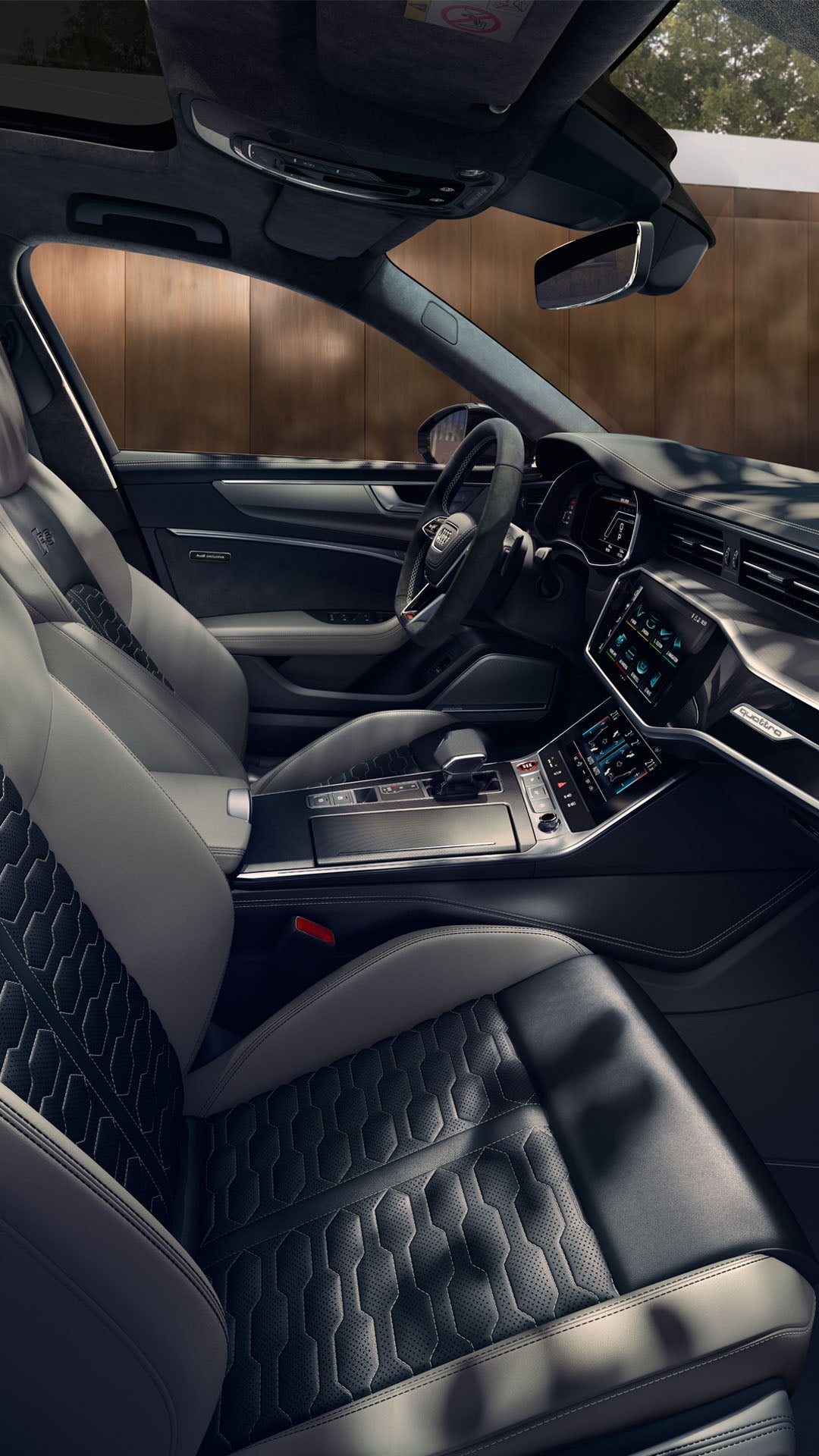
²Fuel consumption (combined): 12.7–12.1 l/100 km; CO₂ emissions (combined): 289–276 g/km; CO₂ emission class: G.
⁴Audi exclusive is an option available for an extra charge from Audi Sport GmbH.
⁵The equipment mentioned is an option available for an extra charge.
⁹Depending on country-specific availability. The current compatibility of the iOS/Android operating system can be found in the description of the myAudi app in the relevant app store. Prior registration at www.my.audi.com is required.
¹¹Depending on country-specific availability.
¹²Part of the equipment Audi Application Store and smartphone interface available optionally for an extra charge. A myAudi account and a data connection are required to use the apps.
¹³Amazon, Alexa and all related logos are trademarks of Amazon.com, Inc. or its affiliates. Use of Amazon Music can lead to additional costs. The Amazon Alexa app is available only in the following countries: Germany, Austria, UK, Ireland, France, Spain, Italy, USA, Canada, Mexico, Australia and New Zealand. An Amazon account is required for use. Amazon is responsible for the functions and content of Amazon Alexa. Certain Alexa functions are dependent on smart home technology. The system language of MMI navigation plus with MMI touch response must be set to a language supported by Amazon Alexa integration. Please contact your Audi partner for further information on availability. The provision of access to Amazon Alexa is the responsibility of Amazon and can be guaranteed for no more than 3 years after purchase of the vehicle. Audio streaming via Alexa requires a paid data plan from an Audi partner.
¹⁴Part of Audi connect navigation & infotainment as well as the equipment Audi Application Store and smartphone interface available optionally for an extra charge.
¹⁵Amazon, Alexa and all related logos are trademarks of Amazon.com, Inc. or its affiliates. Use of Amazon Music can lead to additional costs. An Amazon account is required for use.
¹⁶Part of Audi connect navigation & infotainment.

